Are you a nervous flyer?
Do you need a gin and tonic to help you settle in?
Some folk even take a Valium to calm them down. While others are so scared of flying they avoid it all together.
I’ve spent so much time on planes, especially over the past 10 years, it’s insane. Prior to lockdowns, I was constantly on them. And it was often in and out of countries on airlines with highly dubious safety records.
In fact, some of them are banned from EU/UK airspace due to safety concerns.
But I’ve never been afraid of flying.
That said, over the past four years or so, I have started to not look forward to landing. Taking off is no problems; in the air is piece of cake; but landing, well, in my experience anyway, landing seems to be have become more rushed and way bumpier.
I’ve had more bumpy landings in the past few years than ever. On a few occasions we’ve hit the runway like a sack of bricks.
It was scary, and everyone looked around at each other with relief when we came to a stop. One lady in the row beside me was visibly shaken.
Of course, there was nothing to worry about, but at least the captain could have given us a few words of “Hello folks, sorry about that, all’s well, nothing to worry about”. But no explanation was given.
It should have been given, and would have gone a long way to calm people – including me. I now think I am an official nervous lander.
The fact of the matter is though, flying is officially the safest form of transport. Way safer than a car, train or even bus.
Commercial plane crashes, in the developed world anyway, are extremely rare. It’s just that when we see them on the news it all looks so dramatic and scary and fuels anxiety and irrational thought.
Apparently, your chances of dying in a plane crash are around 1 in 11 million. Yet millions of people are still scared of flying. I would never scoff at such people. For their fear is real. But it is mostly irrational.
If you’ve flown before, especially long haul, I’m sure you’ll all have experienced the following. Suddenly, mid-flight, the sign above you pings and you’re alerted to put on your seat belt. Then the pilot comes on the tanoy and tells you there is turbulence, hence seatbelt time.
You strap in, and sit it out, while the plane rocks about a bit and your tray table vibrates. It can be a worry, especially if the turbulence is bad.
Some people wrongly believe that the plane could drop out of the sky. Fact is though, turbulence is totally normal and is not dangerous to the actual plane. It will not break up and fall out of the sky.
You’re asked to put on your seatbelt, not to save you from a crash, but to stop you from standing up, going to the toilet and falling over in the isle. Just buckle up and ride it out.
Some passengers worry about engine failure, but again, fact is, even if one of the engines fails, which is highly unlikely, a plane can land safely with just one engine.
Even if both engines fail, an almost impossible scenario, a plane can still be landed safely. From what I’ve read on the stratosjets site, even if the worst happens and your plane does crash, 98.6% of crashes do not result in a fatality. We should all focus on that statistic I feel.
If you are a nervous flyer, or you know someone who is, as well as offering comforting words – for their fear is real to them – sometimes a bit of logic can work wonders.
It worked for me with a friend who was scared of flying. I pointed out to her that she drove her car every day in a busy city, and even on motorways. Did she have a fear of that? Of course, not she replied.
I then showed her the death statistics for car crashes on roads and compared them to stats for flying. She was gobsmacked.
While she is still not the best of fliers, she now knows that her fear of flying was irrational.
Between 2008 and 2017, there was one passenger death per 7.9 million plane boardings. Compare that to the more than 36,000 highway deaths in the US alone in 2018. It does help to put things into perspective.
The fact is, flying on a commercial plane is the safest way to travel.
Apparently, you are more likely to die from a bee sting than from flying.
But of course, there are planes and there are planes. And ultimately there is only one plane that takes the top spot.
We may even call being on this plane the safest place not just in the air, but on the planet.
I am, of course, talking about the plane that carries the President of the United States of America. Air Force One.
So, Air Force One (AF1) is a plane, right? A special, specific plane that always carries the president?
Wrong. The phrase Air Force One technically is a call sign, and is given to any flight that happens to be carrying the American president at that time.
But of course, it is generally accepted that the president will be on a specifically built plane. In fact, there are two at his disposal. Both highly customised Boeing 747-200s.
The first president to use AF1 was Roosevelt back in 1943. But things have moved on since then, and today AF1 is technically in a class of its own. It has to be, it is carrying the most important man in the world.
AF1 is capable of refilling mid-air, so it never needs to land. There’s always a doctor on board, and extensive medical facilities including blood supplies.
There is a conference room, two kitchens which serve up specially cooked meals to not just the president but his staff and passengers, which include journalists. Oh, I’d love to get a seat in there.
There’s a state-of-the-art command centre and I presume the nuclear codes are also close by at all times.
With the plane stuffed full of secret-service agents, no one gets anywhere near the president.
Journalists must remain the back of the plane. They are only allowed to meet the president if he walks back to them, they cannot move forward to his area.
The highly guarded presidential suite is located near the front of AF1. It contains an office, a bedroom and a bathroom. I’ve seen photos – let’s just say it all trumps my recent Ryanair flight.
And the cost is astronomical. I’ve read that it costs $200,000 per flight hour to fly AF1.
It’s even been said that AF1 is equipped to survive a nuclear attack.
And last but not least, there is supposedly a “doomsday plane” that always follows AF1. Now that does sound scary, I really don’t want to know.
On the subject of flying, I read that in the next year or so UK airports are to drop the 100ml liquid rule for taking on board. Thank goodness for that. Piece of nonsense and should have been dropped years ago. High time the boarding process was made simpler again.
And now that we will soon be allowed to carry our own recyclable bottles full of water through security, oh my heart bleeds for the poor bottled water companies who charge a fortune for a tiny bottle in departures. They’ve been getting away with daylight robbery for years.
Game, set and match to the passenger. Not to mention the environment.
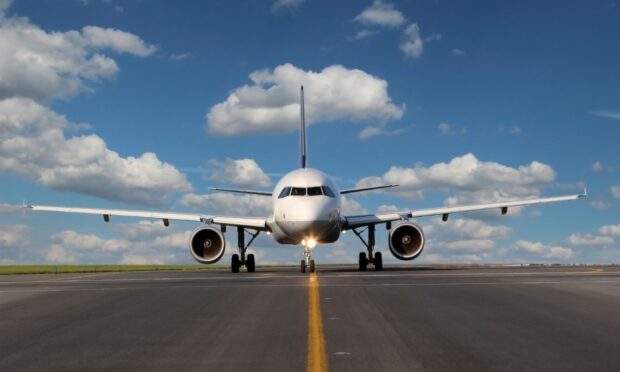
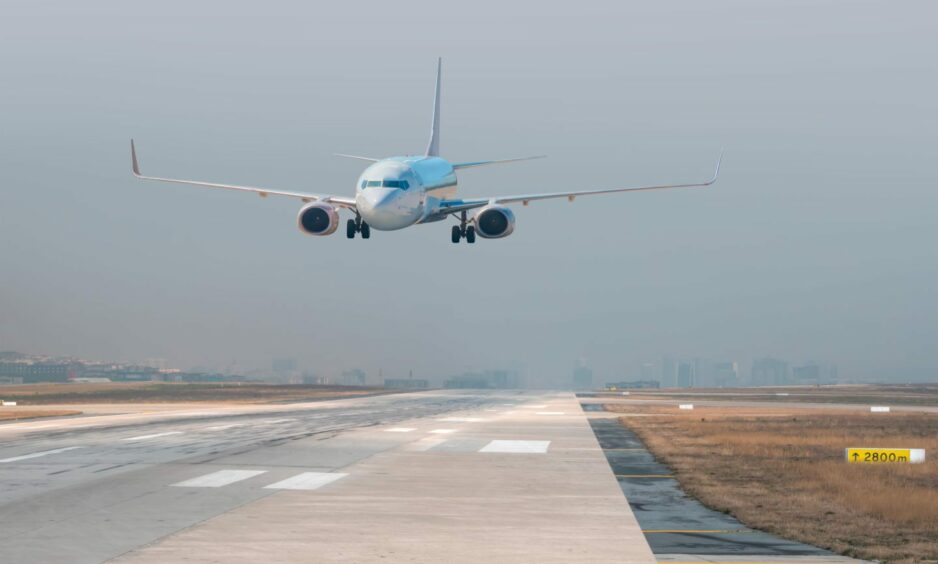
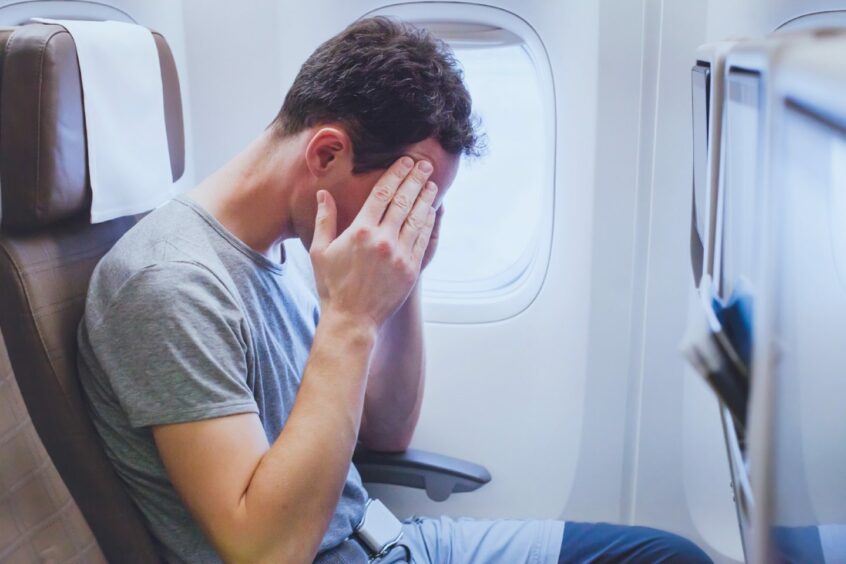
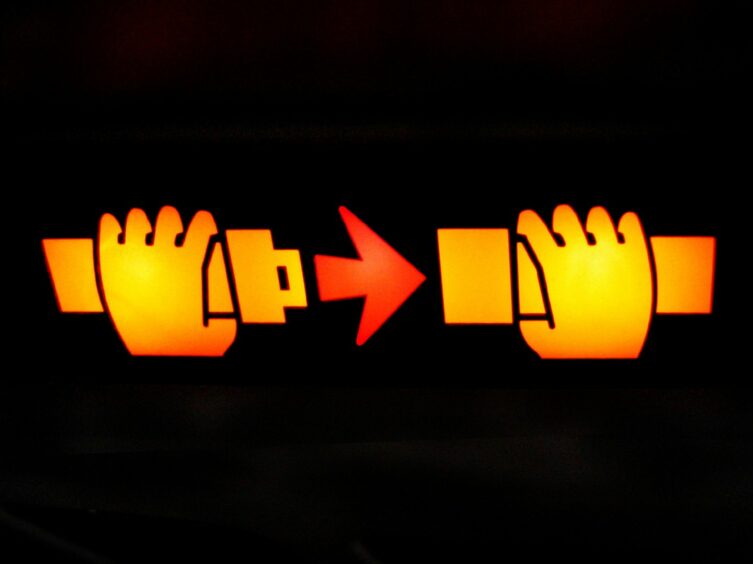
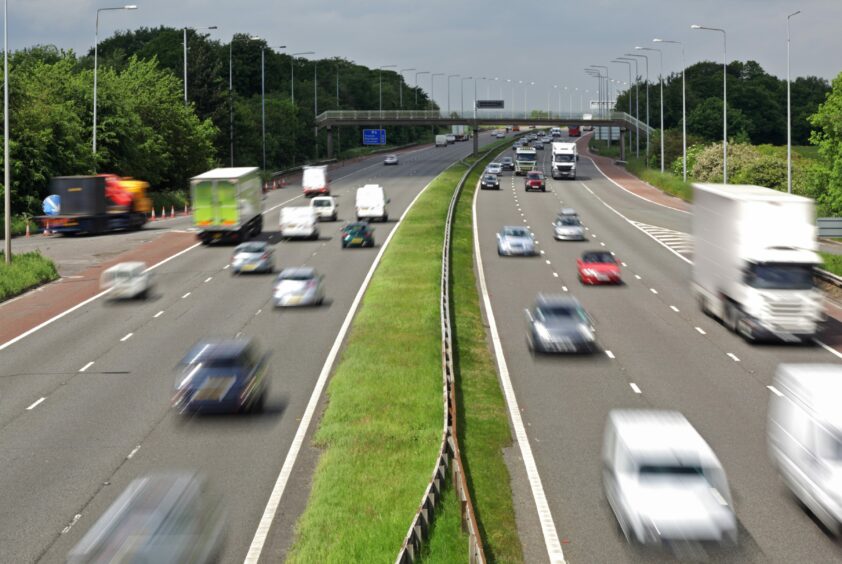
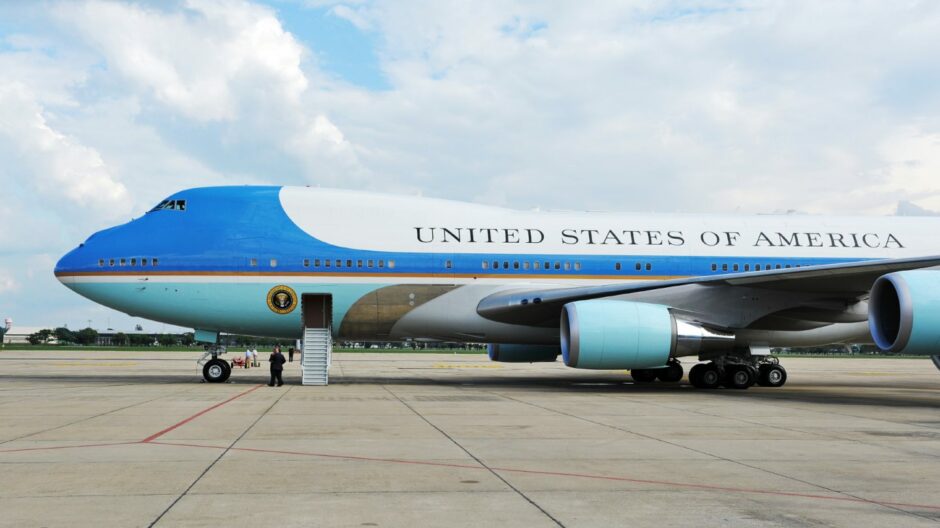
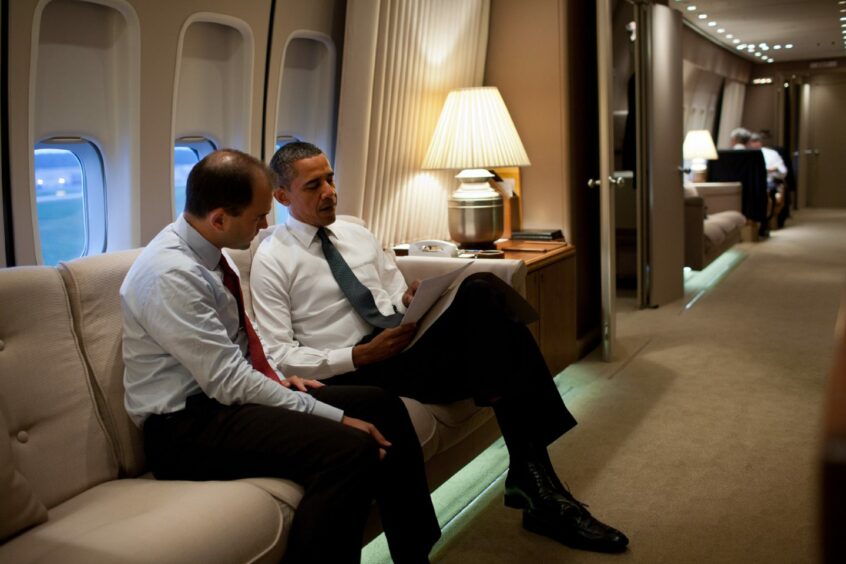
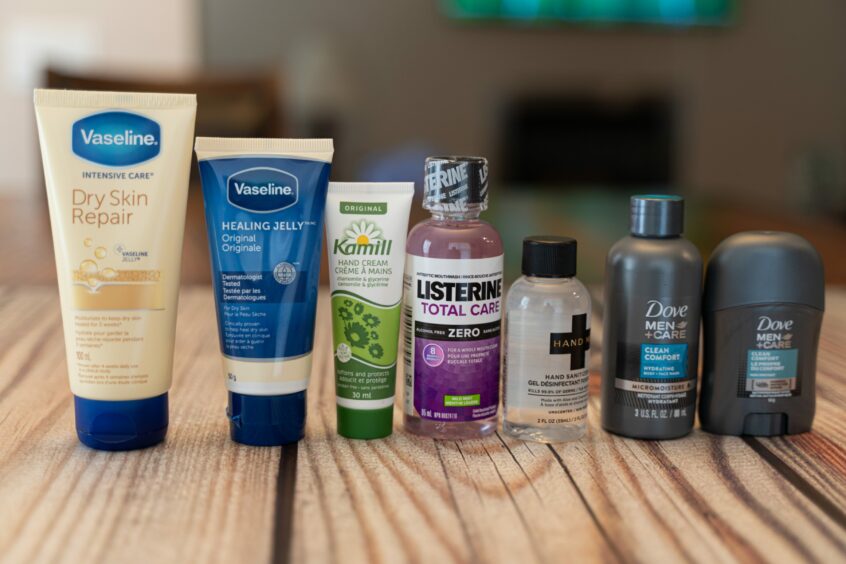
Conversation